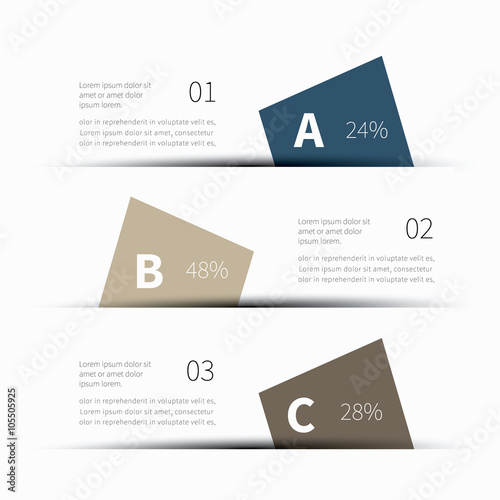Just How To Budget For Your Floor Covering Job: A Practical Overview
Just How To Budget For Your Floor Covering Job: A Practical Overview
Blog Article
Web Content Author-McGrath Axelsen
When you're planning a flooring task, budgeting isn't almost picking a number; it has to do with understanding what you really need and the costs involved. You'll want to analyze your certain needs, study numerous materials, and anticipate unanticipated expenses. Think about just how elements like room objective and installation methods can impact your budget plan. But before you jump in, there are some essential details you might overlook that might substantially influence your overall expenses. Allow's explore how to navigate these complexities and ensure your task remains on track.
Assessing Your Floor Covering Needs
Before diving into your floor covering project, it's crucial to examine your flooring needs. Start by taking into consideration the specific areas where you plan to set up new floor covering. Think about the function of each area. For example, bathroom and kitchens require waterproof products, while living locations may gain from convenience and visual appeals.
Next, examine elite concrete coatings existing conditions of your floorings. Are there any structural problems, such as irregular surfaces or moisture issues? Attending to these concerns at an early stage can save you time and money down the line.
Additionally, bear in mind of the dimensions of each room to identify how much floor covering you'll require.
Do not neglect to consider your way of life. If you have family pets or young kids, longevity could be your leading concern, while an extra formal space may require a luxurious coating. Furthermore, think about your layout preferences. Do you prefer a traditional look, or are you attracted to modern designs?
Last but not least, be reasonable about just how much maintenance you agree to devote to. Some materials call for more upkeep than others. By understanding your requirements clearly, you'll be better geared up to make enlightened choices as you progress with your floor covering project.
Estimating Costs and Products
Estimating costs and products is an essential step in your floor covering job that can substantially influence your general spending plan. Beginning by measuring your room precisely to figure out how much flooring you'll require. For the majority of products, you'll locate rates by square foot, so gather quotes from various suppliers to obtain a realistic figure.
Next off, think about the sort of flooring you want. Choices like wood, laminate, ceramic tile, or carpeting all come with various rate factors. Research the costs for each and factor in any additional materials like underlayment, sticky, or change strips.
Do not fail to remember to include tools if you're preparing a do it yourself installation, as leasing or purchasing tools can include in your costs.
Labor costs are another important factor to consider. If you're hiring experts, get quotes from multiple service providers to ensure you're obtaining a fair rate. Be clear concerning the range of job to prevent unforeseen costs later on.
Finally, it's a good idea to reserve a small percentage of your allocate any kind of unanticipated expenses related to materials. By completely approximating your costs and products upfront, you'll establish on your own up for a smoother and much more convenient flooring job.
Planning for Hidden Costs
Many property owners forget the surprise expenditures that can arise during a flooring project, which can lead to budget plan overruns. To prevent this, you require to plan for prospective added prices.
First, think about the condition of your existing subfloor. If it's harmed or uneven, you'll likely need repair services or leveling, which can include dramatically to your overall expenditure.
Next, consider removal and disposal charges for your old floor covering. Numerous service providers charge added for this service, so element that right into your spending plan.
In addition, don't forget the costs of underlayment, which might not be consisted of in the initial quote yet are necessary for a successful setup.
You ought to also get ready for unpredicted difficulties, such as plumbing or electric job if your floor covering task involves moving components. It's a good idea to allot a minimum of 10-15% of your total budget for these unanticipated expenses.
Finally, remember that authorizations might be required for sure installations. Always check local policies to stay clear of penalties or delays.
Conclusion
Finally, budgeting for your floor covering task is essential for an effective result. By evaluating your needs, estimating prices, and preparation for hidden expenditures, you'll avoid shocks and stay on track. Bear in mind to set aside a section of your budget for unanticipated prices and keep a detailed break down of your expenditures. With cautious planning and consideration, you'll produce a stunning area that meets your requirements without breaking the bank. Satisfied website !
